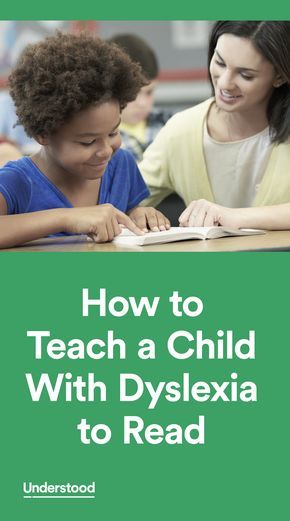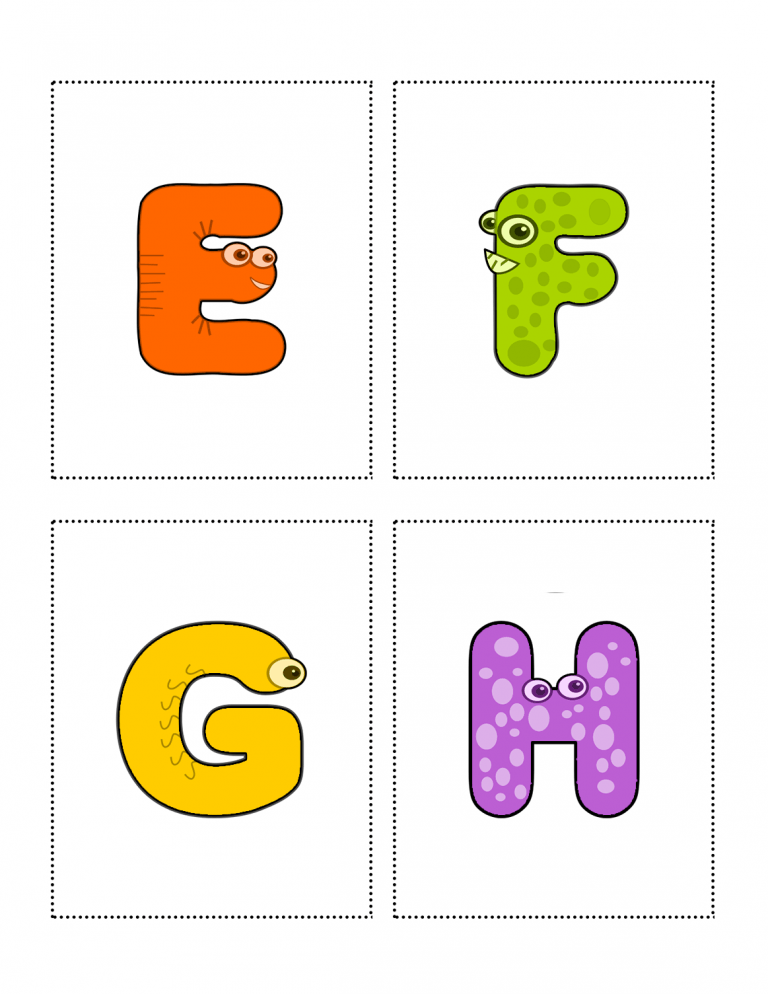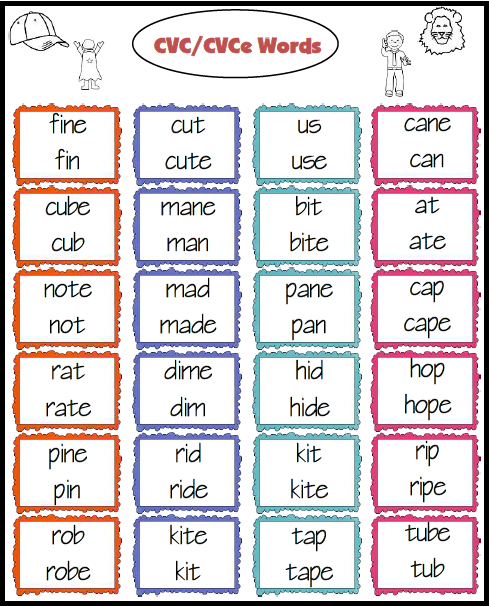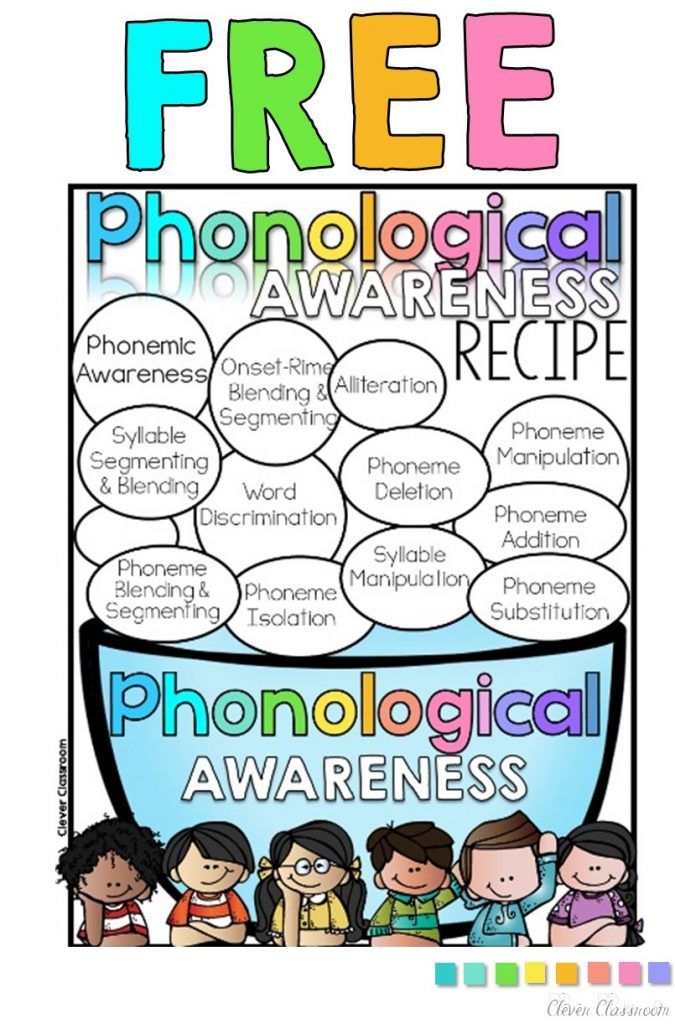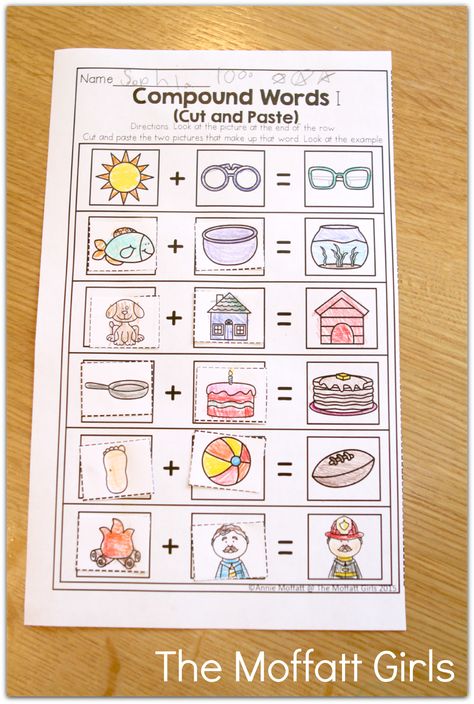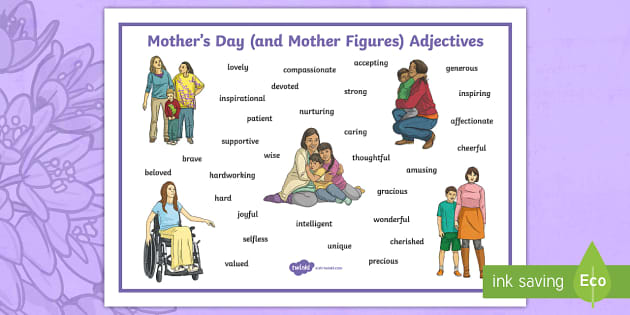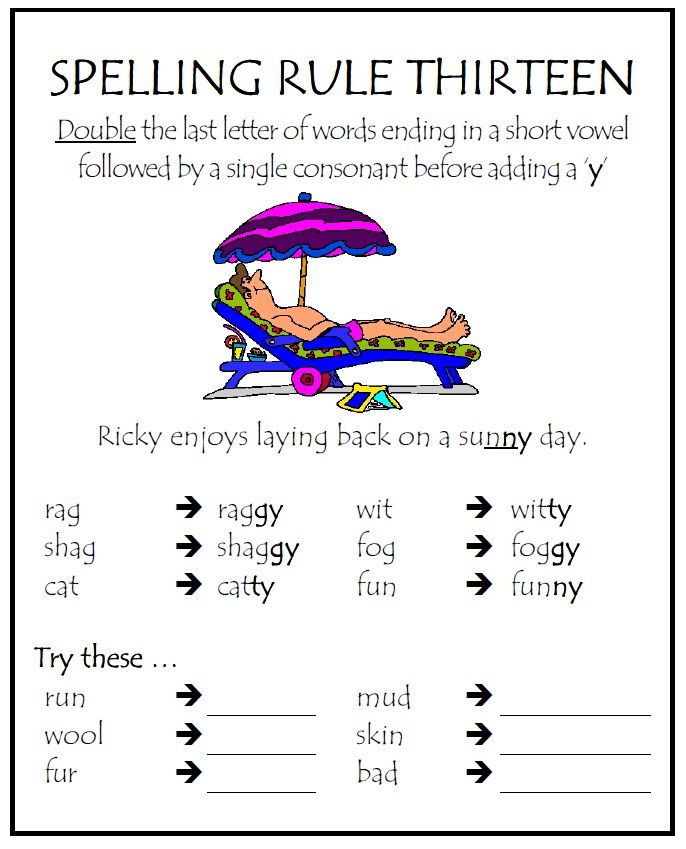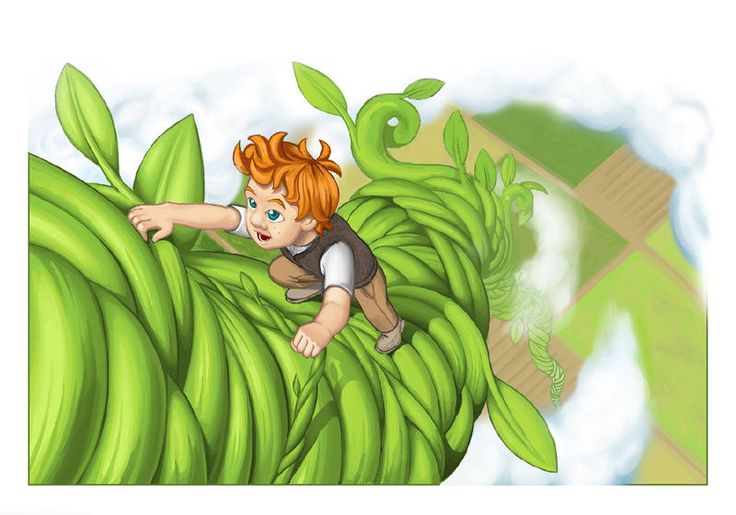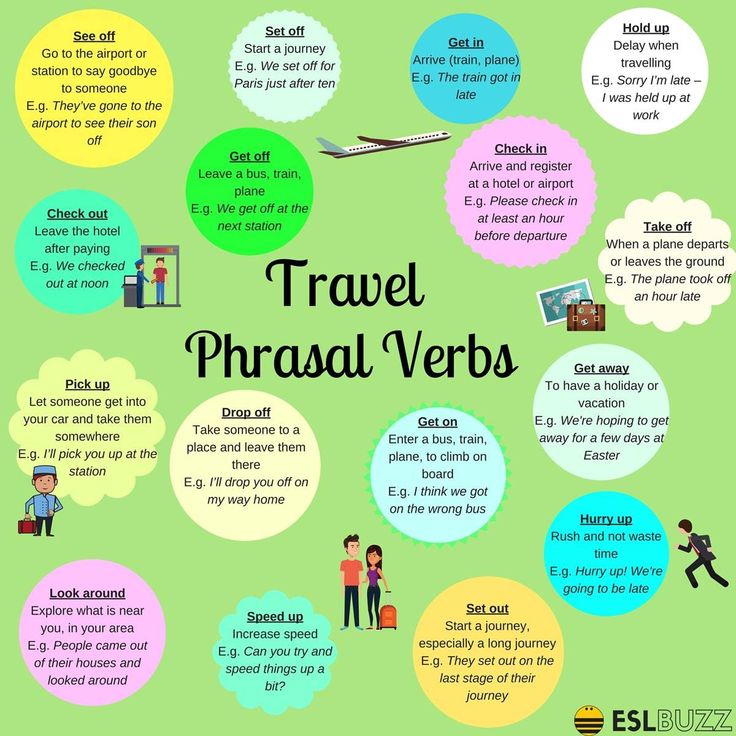Teaching child to read at home
9 Fun and Easy Tips
With the abundance of information out there, it can seem like there is no clear answer about how to teach a child to read. As a busy parent, you may not have time to wade through all of the conflicting opinions.
That’s why we’re here to help! There are some key elements when it comes to teaching kids to read, so we’ve rounded up nine effective tips to help you boost your child’s reading skills and confidence.
These tips are simple, fit into your lifestyle, and help build foundational reading skills while having fun!
Tips For How To Teach A Child To Read
1) Focus On Letter Sounds Over Letter Names
We used to learn that “b” stands for “ball.” But when you say the word ball, it sounds different than saying the letter B on its own. That can be a strange concept for a young child to wrap their head around!
Instead of focusing on letter names, we recommend teaching them the sounds associated with each letter of the alphabet. For example, you could explain that B makes the /b/ sound (pronounced just like it sounds when you say the word ball aloud).
Once they firmly establish a link between a handful of letters and their sounds, children can begin to sound out short words. Knowing the sounds for B, T, and A allows a child to sound out both bat and tab.
As the number of links between letters and sounds grows, so will the number of words your child can sound out!
Now, does this mean that if your child already began learning by matching formal alphabet letter names with words, they won’t learn to match sounds and letters or learn how to read? Of course not!
We simply recommend this process as a learning method that can help some kids with the jump from letter sounds to words.
2) Begin With Uppercase Letters
Practicing how to make letters is way easier when they all look unique! This is why we teach uppercase letters to children who aren’t in formal schooling yet.
Even though lowercase letters are the most common format for letters (if you open a book at any page, the majority of the letters will be lowercase), uppercase letters are easier to distinguish from one another and, therefore, easier to identify.
Think about it –– “b” and “d” look an awful lot alike! But “B” and “D” are much easier to distinguish. Starting with uppercase letters, then, will help your child to grasp the basics of letter identification and, subsequently, reading.
To help your child learn uppercase letters, we find that engaging their sense of physical touch can be especially useful. If you want to try this, you might consider buying textured paper, like sandpaper, and cutting out the shapes of uppercase letters.
Ask your child to put their hands behind their back, and then place the letter in their hands. They can use their sense of touch to guess what letter they’re holding! You can play the same game with magnetic letters.
3) Incorporate Phonics
Research has demonstrated that kids with a strong background in phonics (the relationship between sounds and symbols) tend to become stronger readers in the long-run.
A phonetic approach to reading shows a child how to go letter by letter — sound by sound — blending the sounds as you go in order to read words that the child (or adult) has not yet memorized.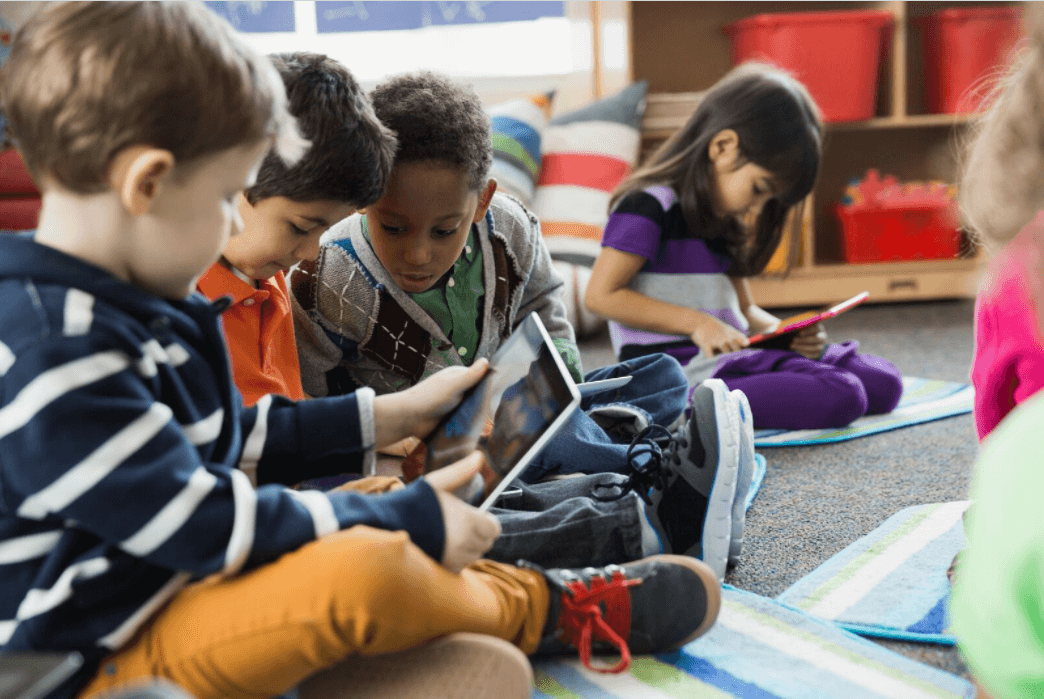
Once kids develop a level of automatization, they can sound out words almost instantly and only need to employ decoding with longer words. Phonics is best taught explicitly, sequentially, and systematically — which is the method HOMER uses.
If you’re looking for support helping your child learn phonics, our HOMER Learn & Grow app might be exactly what you need! With a proven reading pathway for your child, HOMER makes learning fun!
4) Balance Phonics And Sight Words
Sight words are also an important part of teaching your child how to read. These are common words that are usually not spelled the way they sound and can’t be decoded (sounded out).
Because we don’t want to undo the work your child has done to learn phonics, sight words should be memorized. But keep in mind that learning sight words can be challenging for many young children.
So, if you want to give your child a good start on their reading journey, it’s best to spend the majority of your time developing and reinforcing the information and skills needed to sound out words.
5) Talk A Lot
Even though talking is usually thought of as a speech-only skill, that’s not true. Your child is like a sponge. They’re absorbing everything, all the time, including the words you say (and the ones you wish they hadn’t heard)!
Talking with your child frequently and engaging their listening and storytelling skills can increase their vocabulary.
It can also help them form sentences, become familiar with new words and how they are used, as well as learn how to use context clues when someone is speaking about something they may not know a lot about.
All of these skills are extremely helpful for your child on their reading journey, and talking gives you both an opportunity to share and create moments you’ll treasure forever!
6) Keep It Light
Reading is about having fun and exploring the world (real and imaginary) through text, pictures, and illustrations. When it comes to reading, it’s better for your child to be relaxed and focused on what they’re learning than squeezing in a stressful session after a long day.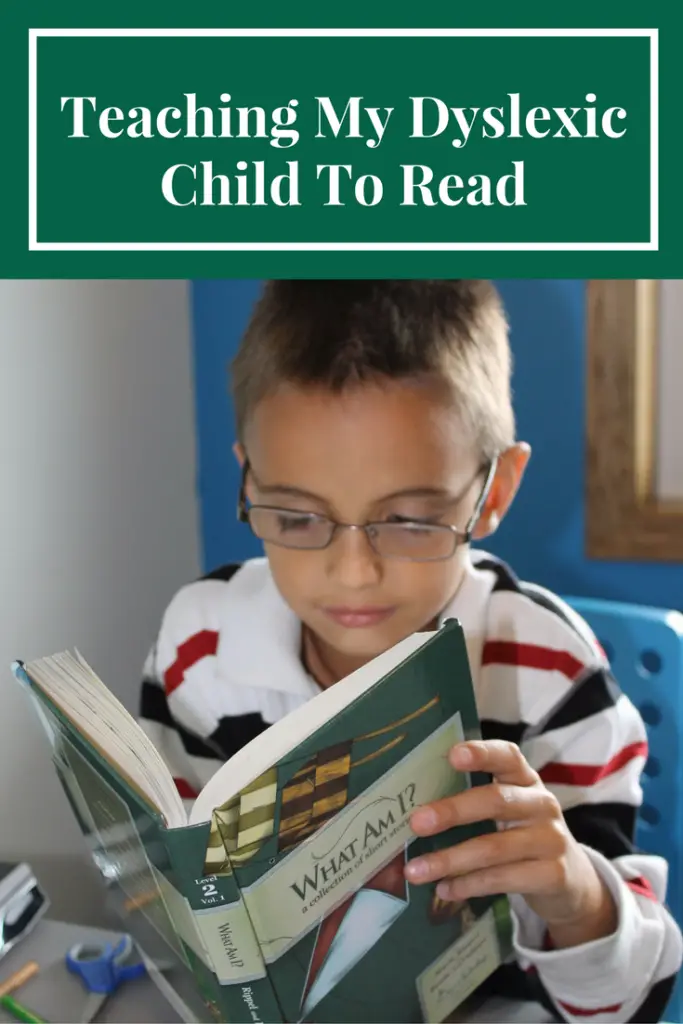
We’re about halfway through the list and want to give a gentle reminder that your child shouldn’t feel any pressure when it comes to reading — and neither should you!
Although consistency is always helpful, we recommend focusing on quality over quantity. Fifteen minutes might sound like a short amount of time, but studies have shown that 15 minutes a day of HOMER’s reading pathway can increase early reading scores by 74%!
It may also take some time to find out exactly what will keep your child interested and engaged in learning. That’s OK! If it’s not fun, lighthearted, and enjoyable for you and your child, then shake it off and try something new.
7) Practice Shared Reading
While you read with your child, consider asking them to repeat words or sentences back to you every now and then while you follow along with your finger.
There’s no need to stop your reading time completely if your child struggles with a particular word. An encouraging reminder of what the word means or how it’s pronounced is plenty!
Another option is to split reading aloud time with your child.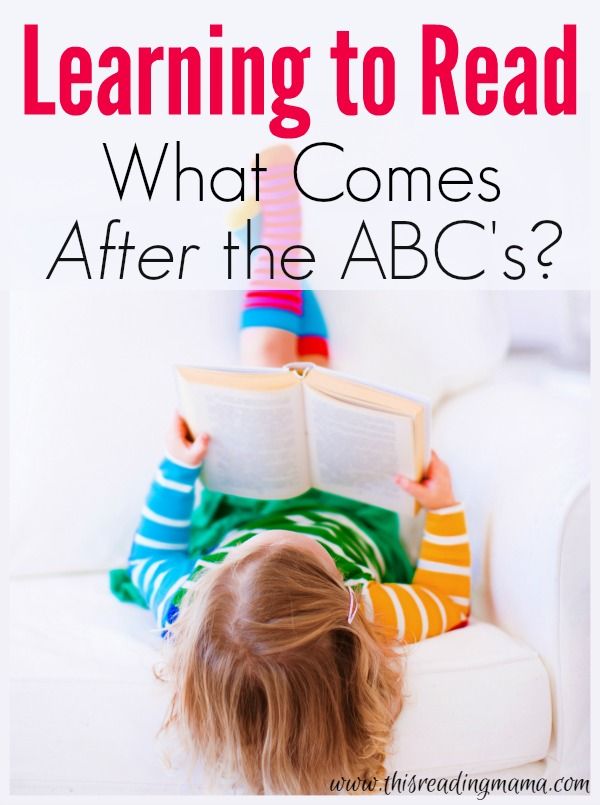 For emerging readers, you can read one line and then ask them to read the next. For older children, reading one page and letting them read the next page is beneficial.
For emerging readers, you can read one line and then ask them to read the next. For older children, reading one page and letting them read the next page is beneficial.
Doing this helps your child feel capable and confident, which is important for encouraging them to read well and consistently!
This technique also gets your child more acquainted with the natural flow of reading. While they look at the pictures and listen happily to the story, they’ll begin to focus on the words they are reading and engage more with the book in front of them.
Rereading books can also be helpful. It allows children to develop a deeper understanding of the words in a text, make familiar words into “known” words that are then incorporated into their vocabulary, and form a connection with the story.
We wholeheartedly recommend rereading!
8) Play Word Games
Getting your child involved in reading doesn’t have to be about just books. Word games can be a great way to engage your child’s skills without reading a whole story at once.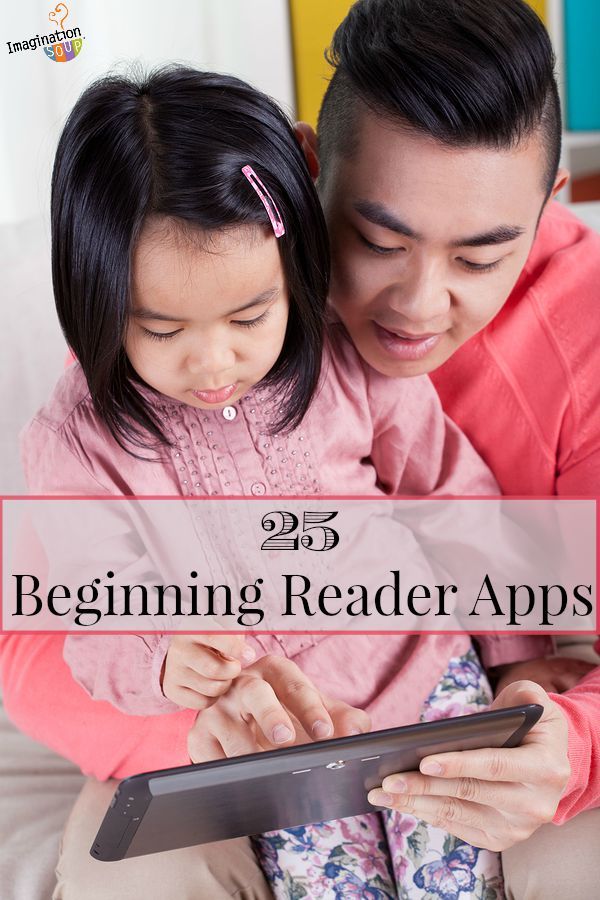
One of our favorite reading games only requires a stack of Post-It notes and a bunched-up sock. For this activity, write sight words or words your child can sound out onto separate Post-It notes. Then stick the notes to the wall.
Your child can then stand in front of the Post-Its with the bunched-up sock in their hands. You say one of the words and your child throws the sock-ball at the Post-It note that matches!
9) Read With Unconventional Materials
In the same way that word games can help your child learn how to read, so can encouraging your child to read without actually using books!
If you’re interested in doing this, consider using PlayDoh, clay, paint, or indoor-safe sand to form and shape letters or words.
Another option is to fill a large pot with magnetic letters. For emerging learners, suggest that they pull a letter from the pot and try to name the sound it makes. For slightly older learners, see if they can name a word that begins with the same sound, or grab a collection of letters that come together to form a word.
As your child becomes more proficient, you can scale these activities to make them a little more advanced. And remember to have fun with it!
Reading Comes With Time And Practice
Overall, we want to leave you with this: there is no single answer to how to teach a child to read. What works for your neighbor’s child may not work for yours –– and that’s perfectly OK!
Patience, practicing a little every day, and emphasizing activities that let your child enjoy reading are the things we encourage most. Reading is about fun, exploration, and learning!
And if you ever need a bit of support, we’re here for you! At HOMER, we’re your learning partner. Start your child’s reading journey with confidence with our personalized program plus expert tips and learning resources.
Author
Teaching children to read isn’t easy. How do kids actually learn to read?
A student in a Mississippi elementary school reads a book in class. Research shows young children need explicit, systematic phonics instruction to learn how to read fluently. Credit: Terrell Clark for The Hechinger Report
Research shows young children need explicit, systematic phonics instruction to learn how to read fluently. Credit: Terrell Clark for The Hechinger ReportTeaching kids to read isn’t easy; educators often feel strongly about what they think is the “right” way to teach this essential skill. Though teachers’ approaches may differ, the research is pretty clear on how best to help kids learn to read. Here’s what parents should look for in their children’s classroom.
How do kids actually learn how to read?
Research shows kids learn to read when they are able to identify letters or combinations of letters and connect those letters to sounds. There’s more to it, of course, like attaching meaning to words and phrases, but phonemic awareness (understanding sounds in spoken words) and an understanding of phonics (knowing that letters in print correspond to sounds) are the most basic first steps to becoming a reader.
If children can’t master phonics, they are more likely to struggle to read. That’s why researchers say explicit, systematic instruction in phonics is important: Teachers must lead students step by step through a specific sequence of letters and sounds. Kids who learn how to decode words can then apply that skill to more challenging words and ultimately read with fluency. Some kids may not need much help with phonics, especially as they get older, but experts say phonics instruction can be essential for young children and struggling readers “We don’t know how much phonics each kid needs,” said Anders Rasmussen, principal of Wood Road Elementary School in Ballston Spa, New York, who recently led the transformation of his schools’ reading program to a research-based, structured approach. “But we know no kid is hurt by getting too much of it.”
That’s why researchers say explicit, systematic instruction in phonics is important: Teachers must lead students step by step through a specific sequence of letters and sounds. Kids who learn how to decode words can then apply that skill to more challenging words and ultimately read with fluency. Some kids may not need much help with phonics, especially as they get older, but experts say phonics instruction can be essential for young children and struggling readers “We don’t know how much phonics each kid needs,” said Anders Rasmussen, principal of Wood Road Elementary School in Ballston Spa, New York, who recently led the transformation of his schools’ reading program to a research-based, structured approach. “But we know no kid is hurt by getting too much of it.”
How should your child’s school teach reading?
Timothy Shanahan, a professor emeritus at the University of Illinois at Chicago and an expert on reading instruction, said phonics are important in kindergarten through second grade and phonemic awareness should be explicitly taught in kindergarten and first grade. This view has been underscored by experts in recent years as the debate over reading instruction has intensified. But teaching kids how to read should include more than phonics, said Shanahan. They should also be exposed to oral reading, reading comprehension and writing.
This view has been underscored by experts in recent years as the debate over reading instruction has intensified. But teaching kids how to read should include more than phonics, said Shanahan. They should also be exposed to oral reading, reading comprehension and writing.
The wars over how to teach reading are back. Here’s the four things you need to know.
Wiley Blevins, an author and expert on phonics, said a good test parents can use to determine whether a child is receiving research-based reading instruction is to ask their child’s teacher how reading is taught. “They should be able to tell you something more than ‘by reading lots of books’ and ‘developing a love of reading.’ ” Blevins said. Along with time dedicated to teaching phonics, Blevins said children should participate in read-alouds with their teacher to build vocabulary and content knowledge. “These read-alouds must involve interactive conversations to engage students in thinking about the content and using the vocabulary,” he said. “Too often, when time is limited, the daily read-alouds are the first thing left out of the reading time. We undervalue its impact on reading growth and must change that.”
“Too often, when time is limited, the daily read-alouds are the first thing left out of the reading time. We undervalue its impact on reading growth and must change that.”
Rasmussen’s school uses a structured approach: Children receive lessons in phonemic awareness, phonics, pre-writing and writing, vocabulary and repeated readings. Research shows this type of “systematic and intensive” approach in several aspects of literacy can turn children who struggle to read into average or above-average readers.
What should schools avoid when teaching reading?
Educators and experts say kids should be encouraged to sound out words, instead of guessing. “We really want to make sure that no kid is guessing,” Rasmussen said. “You really want … your own kid sounding out words and blending words from the earliest level on.” That means children are not told to guess an unfamiliar word by looking at a picture in the book, for example. As children encounter more challenging texts in later grades, avoiding reliance on visual cues also supports fluent reading. “When they get to ninth grade and they have to read “Of Mice and Men,” there are no picture cues,” Rasmussen said.
“When they get to ninth grade and they have to read “Of Mice and Men,” there are no picture cues,” Rasmussen said.
Related: Teacher Voice: We need phonics, along with other supports, for reading
Blevins and Shanahan caution against organizing books by different reading levels and keeping students at one level until they read with enough fluency to move up to the next level. Although many people may think keeping students at one level will help prevent them from getting frustrated and discouraged by difficult texts, research shows that students actually learn more when they are challenged by reading materials.
Blevins said reliance on “leveled books” can contribute to “a bad habit in readers.” Because students can’t sound out many of the words, they rely on memorizing repeated words and sentence patterns, or on using picture clues to guess words. Rasmussen said making kids stick with one reading level — and, especially, consistently giving some kids texts that are below grade level, rather than giving them supports to bring them to grade level — can also lead to larger gaps in reading ability.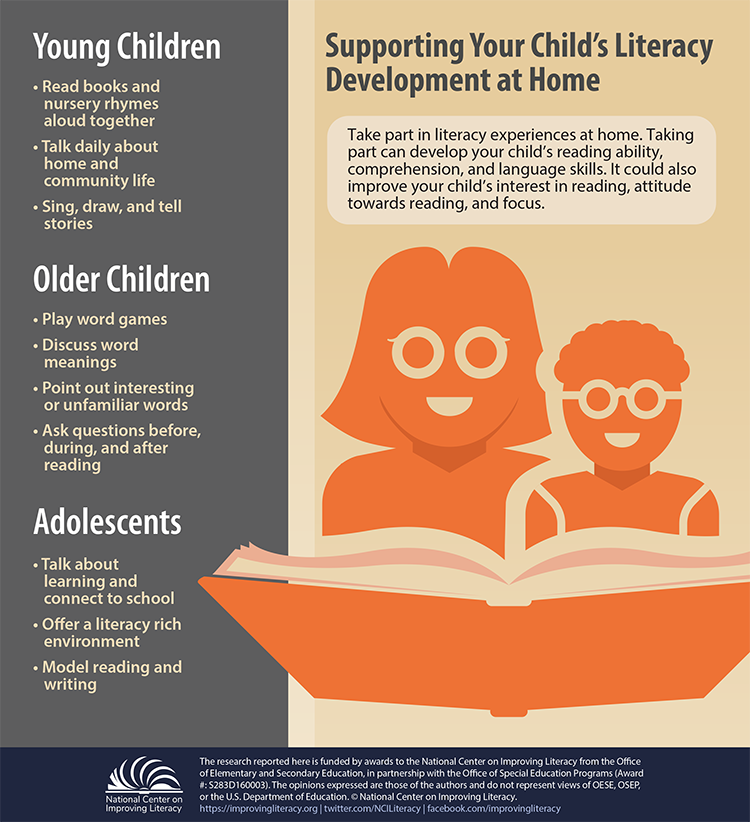
How do I know if a reading curriculum is effective?
Some reading curricula cover more aspects of literacy than others. While almost all programs have some research-based components, the structure of a program can make a big difference, said Rasmussen. Watching children read is the best way to tell if they are receiving proper instruction — explicit, systematic instruction in phonics to establish a foundation for reading, coupled with the use of grade-level texts, offered to all kids.
Parents who are curious about what’s included in the curriculum in their child’s classroom can find sources online, like a chart included in an article by Readingrockets.org which summarizes the various aspects of literacy, including phonics, writing and comprehension strategies, in some of the most popular reading curricula.
Blevins also suggested some questions parents can ask their child’s teacher:
- What is your phonics scope and sequence?
“If research-based, the curriculum must have a clearly defined phonics scope and sequence that serves as the spine of the instruction. ” Blevins said.
” Blevins said.
- Do you have decodable readers (short books with words composed of the letters and sounds students are learning) to practice phonics?
“If no decodable or phonics readers are used, students are unlikely to get the amount of practice and application to get to mastery so they can then transfer these skills to all reading and writing experiences,” Blevins said. “If teachers say they are using leveled books, ask how many words can students sound out based on the phonics skills (teachers) have taught … Can these words be fully sounded out based on the phonics skills you taught or are children only using pieces of the word? They should be fully sounding out the words — not using just the first or first and last letters and guessing at the rest.”
- What are you doing to build students’ vocabulary and background knowledge? How frequent is this instruction? How much time is spent each day doing this?
“It should be a lot,” Blevins said, “and much of it happens during read-alouds, especially informational texts, and science and social studies lessons.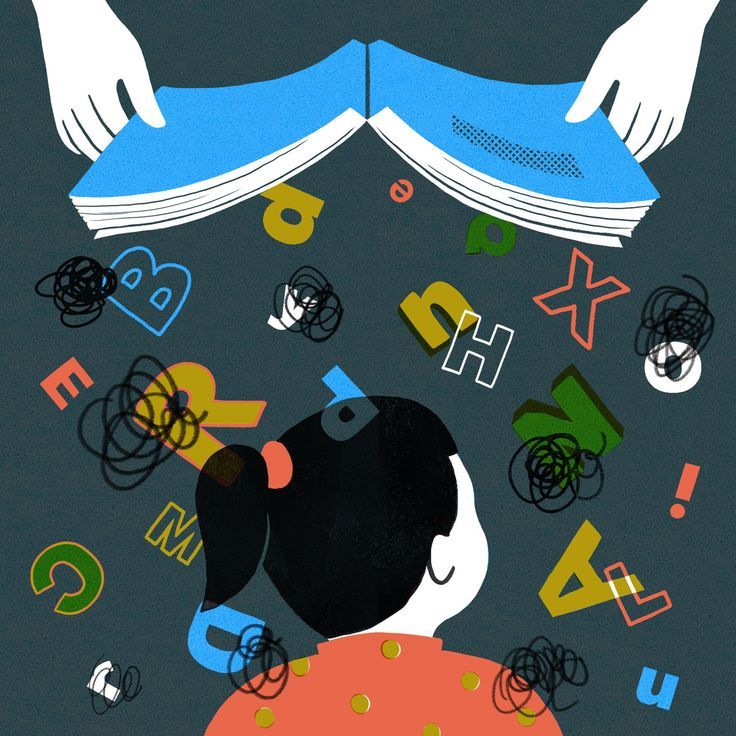 ”
”
- Is the research used to support your reading curriculum just about the actual materials, or does it draw from a larger body of research on how children learn to read? How does it connect to the science of reading?
Teachers should be able to answer these questions, said Blevins.
What should I do if my child isn’t progressing in reading?
When a child isn’t progressing, Blevins said, the key is to find out why. “Is it a learning challenge or is your child a curriculum casualty? This is a tough one.” Blevins suggested that parents of kindergarteners and first graders ask their child’s school to test the child’s phonemic awareness, phonics and fluency.
Parents of older children should ask for a test of vocabulary. “These tests will locate some underlying issues as to why your child is struggling reading and understanding what they read,” Blevins said. “Once underlying issues are found, they can be systematically addressed.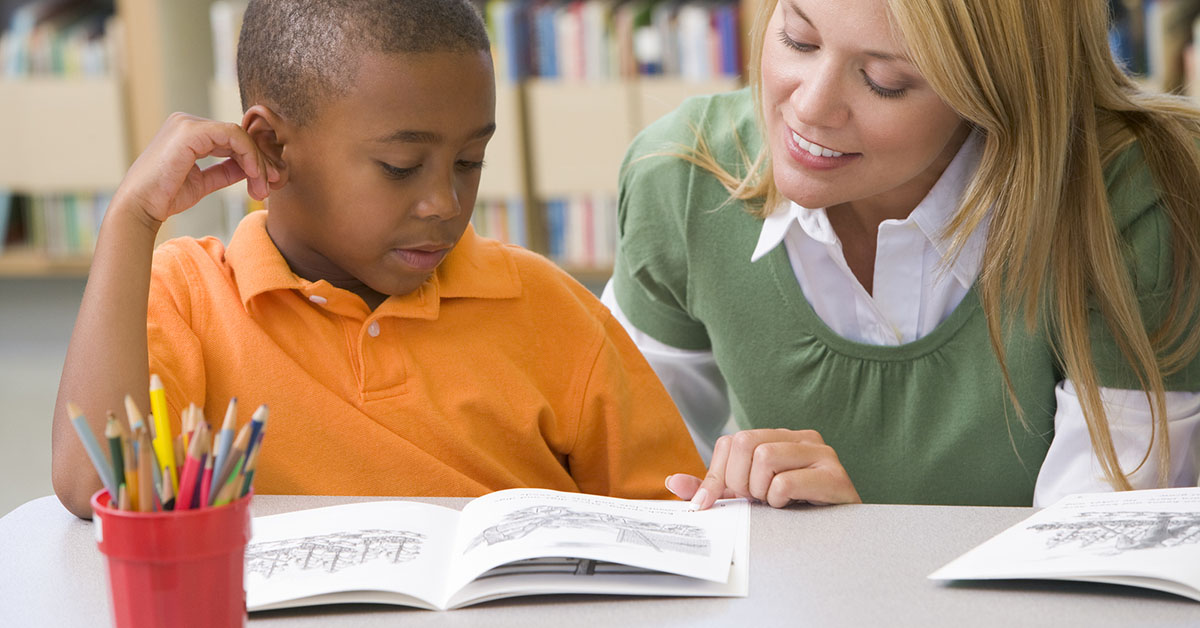 ”
”
“We don’t know how much phonics each kid needs. But we know no kid is hurt by getting too much of it.”
Anders Rasmussen, principal of Wood Road Elementary School in Ballston Spa, New York
Rasmussen recommended parents work with their school if they are concerned about their children’s progress. By sitting and reading with their children, parents can see the kind of literacy instruction the kids are receiving. If children are trying to guess based on pictures, parents can talk to teachers about increasing phonics instruction.
“Teachers aren’t there doing necessarily bad things or disadvantaging kids purposefully or willfully,” Rasmussen said. “You have many great reading teachers using some effective strategies and some ineffective strategies.”
What can parents do at home to help their children learn to read?
Parents want to help their kids learn how to read but don’t want to push them to the point where they hate reading. “Parents at home can fall into the trap of thinking this is about drilling their kid,” said Cindy Jiban, a former educator and current principal academic lead at NWEA, a research-based non-profit focused on assessments and professional learning opportunities. “This is unfortunate,” Jiban said. “It sets up a parent-child interaction that makes it, ‘Ugh, there’s this thing that’s not fun.’” Instead, Jiban advises making decoding playful. Here are some ideas:
“Parents at home can fall into the trap of thinking this is about drilling their kid,” said Cindy Jiban, a former educator and current principal academic lead at NWEA, a research-based non-profit focused on assessments and professional learning opportunities. “This is unfortunate,” Jiban said. “It sets up a parent-child interaction that makes it, ‘Ugh, there’s this thing that’s not fun.’” Instead, Jiban advises making decoding playful. Here are some ideas:
- Challenge kids to find everything in the house that starts with a specific sound.
- Stretch out one word in a sentence. Ask your child to “pass the salt” but say the individual sounds in the word “salt” instead of the word itself.
- Ask your child to figure out what every family member’s name would be if it started with a “b” sound.
- Sing that annoying “Banana fana fo fanna song.” Jiban said that kind of playful activity can actually help a kid think about the sounds that correspond with letters even if they’re not looking at a letter right in front of them.

- Read your child’s favorite book over and over again. For books that children know well, Jiban suggests that children use their finger to follow along as each word is read. Parents can do the same, or come up with another strategy to help kids follow which words they’re reading on a page.
Giving a child diverse experiences that seem to have nothing to do with reading can also help a child’s reading ability. By having a variety of experiences, Rasmussen said, children will be able to apply their own knowledge to better comprehend texts about various topics.
This story about teaching children to read was produced by The Hechinger Report, a nonprofit, independent news organization focused on inequality and innovation in education. Sign up for Hechinger’s newsletter.
The Hechinger Report provides in-depth, fact-based, unbiased reporting on education that is free to all readers. But that doesn't mean it's free to produce. Our work keeps educators and the public informed about pressing issues at schools and on campuses throughout the country. We tell the whole story, even when the details are inconvenient. Help us keep doing that.
Our work keeps educators and the public informed about pressing issues at schools and on campuses throughout the country. We tell the whole story, even when the details are inconvenient. Help us keep doing that.
Join us today.
How to teach a child to read: important rules and effective methods
October 26LikbezEducation
Teaching a preschooler to read without losing interest in books is real. Lifehacker has selected the best ways for responsible parents.
Share
0How to understand that it's time to teach your child to read
There are several signs of psychological readiness.
- The child speaks fluently in sentences and understands the meaning of what is said.
- The child understands directions: left-right, up-down. For learning to read, it is important that the baby can follow the text from left to right and from top to bottom.

- The child distinguishes sounds (what speech therapists call developed phonemic hearing). Simply put, the baby will easily understand by ear where the house and the bow are, and where the tom and the hatch are.
- Your child pronounces all the sounds and has no speech problems.
Natalya Zharikova
Speech therapist with 33 years of experience
A child with speech therapy problems does not hear and does not distinguish similar sounds. From here come errors with speech, and subsequently with reading, and even more often with writing. It is very difficult for a parent to identify violations on their own, so usually a teacher or a speech therapist can point this out to them.
How to teach your child to read
Be patient and follow these simple guidelines.
Set an example
In a family where there is a culture and tradition of reading, children themselves will reach for books. Read not because it is necessary and useful, but because it is a pleasure for you.
Read together and discuss
Read aloud to the child and then look at the pictures together, encouraging them to interact with the book: “Who is this? Can you show me the cat's ears? And who is that standing next to her?” Older children can be asked more difficult questions: “Why did he do this? What do you think will happen next?"
Don't learn the letters as they are called in the alphabet
Instead, help your child remember the sound the letter makes. For example, you show the letter "m" and say: "This is the letter m (not em )". If a child remembers the alphabetic names of letters ( em , es, ef and so on), it will be quite difficult for him to learn to read. Then, when he sees the word ra-ma in the book, he will try to pronounce er-a-um-ah .
Go from simple to complex
Once the child has memorized a few letters (from 2 to 5) and the sounds they represent, move on to syllables.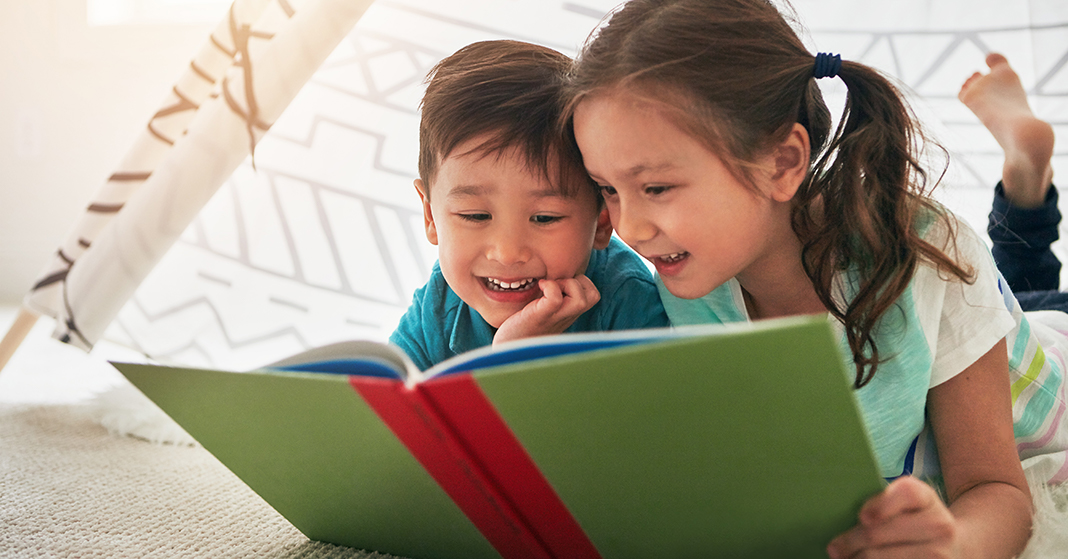 Let the words consisting of repeated syllables be the first: mum, daddy, uncle, nanny . In this case, it is not necessary to break the syllable into separate sounds. Do not say: "These are the letters m and a , and together they read ma ". Immediately learn that the syllable is pronounced like ma , otherwise the baby may start to read letter by letter. After mastering simple combinations, move on to more complex ones: ko-t, zhu-k, do-m .
Let the words consisting of repeated syllables be the first: mum, daddy, uncle, nanny . In this case, it is not necessary to break the syllable into separate sounds. Do not say: "These are the letters m and a , and together they read ma ". Immediately learn that the syllable is pronounced like ma , otherwise the baby may start to read letter by letter. After mastering simple combinations, move on to more complex ones: ko-t, zhu-k, do-m .
Help to understand the meaning of what they read
Do this when the child begins to slowly but surely reproduce words and whole sentences in syllables. For example, the kid read: "Mom washed the frame." Stop and ask: “What did you just read about?”. If he finds it difficult to answer, let him read the sentence again. And you ask more specific questions: “Who washed the frame? What did mom wash?
Show that letters are everywhere
Play a game. Let the child find the letters that surround him on the street and at home. These are the names of stores, and memos on information stands, and advertising on billboards, and even traffic light messages: it happens that the inscription “Go” lights up on green, and “Wait so many seconds” on red.
These are the names of stores, and memos on information stands, and advertising on billboards, and even traffic light messages: it happens that the inscription “Go” lights up on green, and “Wait so many seconds” on red.
Play
And play again. Stack blocks with letters and syllables, make up words, ask your child to read you some kind of sign or inscription on the packaging in the store.
Natalia Zharikova
There are many exercises for memorizing letters. For example, circle the desired letter among a number of others, circle the correctly written among the incorrect ones, color or shade. You can also ask the child to tell what the letter looks like.
Use every opportunity to practice
Whether you are waiting in line at the clinic or driving somewhere, take out a book with pictures and short stories to accompany them and invite your child to read together.
Build on your success
Repeat familiar texts, look for familiar characters in new stories. Runaway Bunny is found both in "Teremka" and "Kolobok".
Do not force
This is perhaps the most important thing. Don't take away a child's childhood. Learning should not go through violence and tears.
What techniques to use to teach your child to read
Here are six popular, affordable and effective techniques. Choose one or try several and choose the one that interests your child the most.
1. ABCs and primers
Frame: This is all mine / YouTubeTraditional, but the longest way. The difference between these books is that the alphabet fixes each letter with a mnemonic picture: a drum will be drawn on the page with B , and a spinning wheel next to Yu . The alphabet helps to remember letters and often interesting rhymes, but will not teach you how to read.
The primer consistently teaches the child to combine sounds into syllables, and syllables into words. This process is not easy and requires perseverance.
There are quite a lot of author's primers now. According to the books of Nadezhda Betenkova, Vseslav Goretsky, Dmitry Fonin, Natalya Pavlova, children can study both with their parents before school and in the first grade.
Parents agree that one of the most understandable methods for teaching preschoolers is Nadezhda Zhukova's primer. The author simply explains the most difficult thing for a child: how to turn letters into syllables, how to read ma-ma , and not start naming individual letters me-a-me-a .
2. Zaitsev's Cubes
Shot: Little Socrates / YouTube If a child consistently learns letters and syllables while learning from an ABC book, then in 52 Zaitsev's Cubes he is given access to everything at once: a single letter or combinations of consonant and vowel, consonant and hard or soft sign.
The child effortlessly learns the differences between unvoiced and voiced sounds, because the cubes with voiceless consonants are filled with wood, and the cubes with voiced consonants are filled with metal.
The cubes also differ in size. The large ones depict hard warehouses, the small ones - soft ones. The author of the technique explains this by the fact that when we pronounce to (hard warehouse), the mouth opens wide, or (soft warehouse) - lips in a half smile.
The set includes tables with warehouses that the parent sings (yes, he doesn’t speak, but sings).
The child quickly masters warehouse reading with the help of cubes. But there are also disadvantages: he may begin to swallow endings and face difficulties already at school when parsing a word by composition.
3.
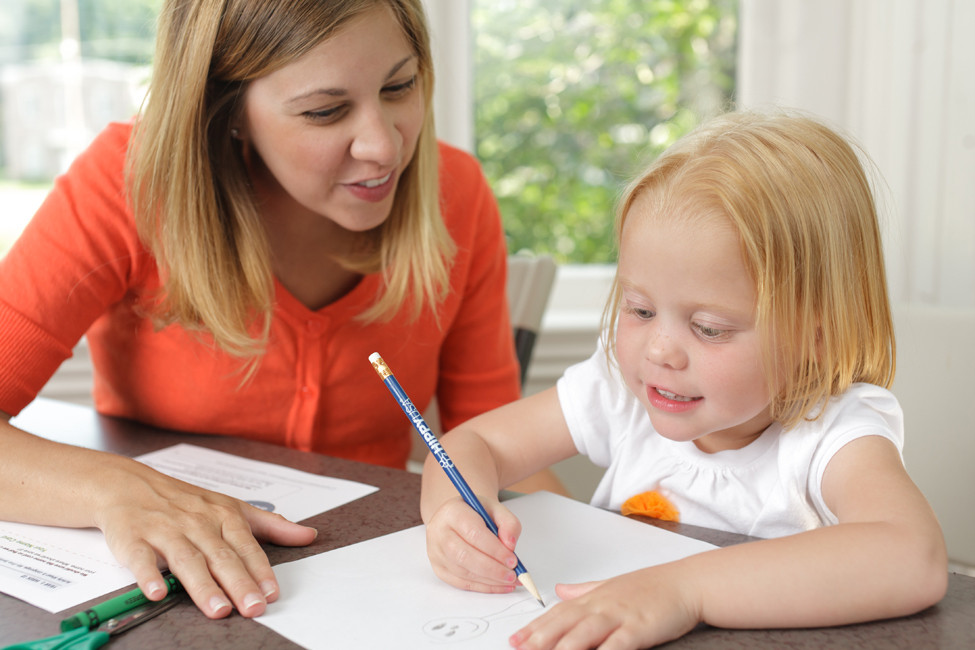 "Skladushki" and "Teremki" by Vyacheslav Voskobovich Shot: Games and Toys Club / YouTube
"Skladushki" and "Teremki" by Vyacheslav Voskobovich Shot: Games and Toys Club / YouTube In "Skladushki" Vyacheslav Voskobovich reworked Zaitsev's idea: 21 cards show all the warehouses of the Russian language with nice thematic pictures. Included is a CD with songs, the texts of which go under each picture.
Folders are great for kids who like looking at pictures. Each of them is an occasion to discuss with the child where the kitten is, what the puppy is doing, where the beetle flew.
It is possible to teach a child with these cards from the age of three. At the same time, it should be noted that the author of the methodology himself does not consider it necessary to force early development.
"Teremki" by Voskobovich consist of 12 wooden cubes with consonants and 12 cardboard cubes with vowels. First, the child gets acquainted with the alphabet and tries with the help of parents to come up with words that begin with each of the letters.
Then it's time to study the syllables. In the tower with the letter M is embedded A - and the first syllable is ma . From several towers you can lay out words. Learning is based on play. So, when replacing the vowel , the house will turn into smoke .
You can start playing tower blocks from the age of two. At the same time, parents will not be left alone with the cubes: the kit includes a manual with a detailed description of the methodology and game options.
4. Chaplygin's dynamic cubes
Shot: Both a boy and a girl! Children's channel - We are twins / YouTube Evgeny Chaplygin's manual includes 10 cubes and 10 movable blocks. Each dynamic block consists of a pair - a consonant and a vowel. The task of the child is to twist the cubes and find a pair.
At the initial stage, as with any other method of learning to read in warehouses, the child makes the simplest words from repeating syllables: ma-ma, pa-pa, ba-ba . The involved motor skills help to quickly remember the shape of the letters, and the search for already familiar syllables turns into an exciting game. The cubes are accompanied by a manual describing the methodology and words that can be composed.
The optimal age for classes is 4-5 years. You can start earlier, but only in the game format.
5. Doman's cards
Frame: My little star / YouTube American doctor Glenn Doman suggests teaching children not individual letters or even syllables, but whole words. Parents name and show the child the words on the cards for 1-2 seconds. In this case, the baby is not required to repeat what he heard.
Classes start with 15 cards with the simplest concepts like females and males . Gradually, the number of words increases, those already learned leave the set, and the child begins to study phrases: for example, color + object, size + object.
How can one understand that a child has understood and memorized the visual image of a word, if the author of the methodology recommends starting classes from birth? Glenn Doman in "The Harmonious Development of the Child" strongly emphasizes that it is not necessary to arrange tests and checks for the child: kids do not like this and lose interest in classes.
It's better to remember 50 cards out of 100 than 10 out of 10.
Glenn Doman
But given that parents can't help but check, he advises the child to play the game if they want and are ready. For example, you can put a few cards and ask to bring one or point to it.
Today, psychologists, neurophysiologists and pediatricians agree that the Doman method is aimed not at teaching reading, but at mechanical memorization of visual images of words. The child turns out to be an object of learning and is almost deprived of the opportunity to learn something on his own.
The child turns out to be an object of learning and is almost deprived of the opportunity to learn something on his own.
It is also worth adding: in order to proceed to the stage of reading according to Doman, parents need to prepare cards with all (!) Words that are found in a particular book.
6. Montessori method
Photo: Kolpakova Daria / ShutterstockMontessori reading comes from the opposite: first we write and only then we read. Letters are the same pictures, so you first need to learn how to draw them and only then engage in pronunciation and reading. Children begin by tracing and shading the letters, and through this, they memorize their outline. When several vowels and consonants have been studied, they move on to the first simple words.
Much attention is paid to the tactile component, so children can literally touch the alphabet cut out of rough or velvety paper.
The value of the methodology lies in learning through play.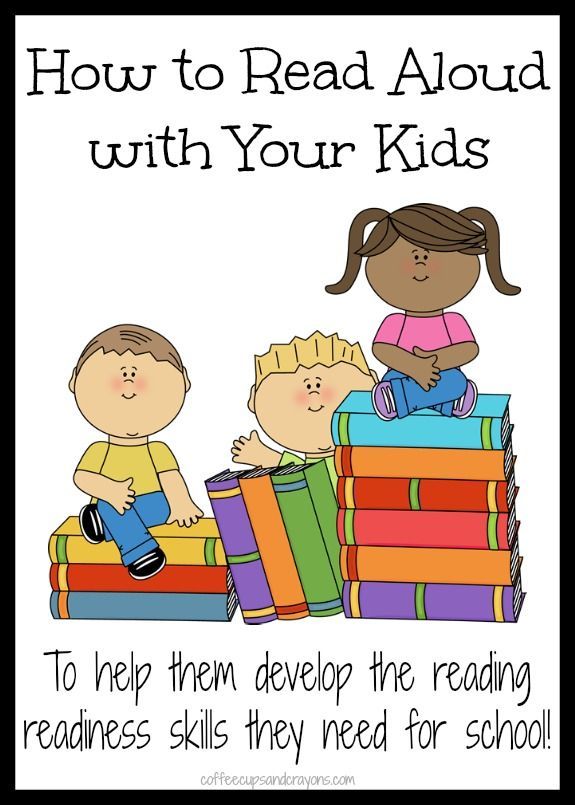 So, you can put a rough letter and a plate of semolina in front of the child and offer to first circle the sign with your finger, and then repeat this on the semolina.
So, you can put a rough letter and a plate of semolina in front of the child and offer to first circle the sign with your finger, and then repeat this on the semolina.
The difficulty for parents is to purchase or prepare a significant amount of handouts. But you can try to make cards with your own hands from cardboard and sandpaper.
What's the result
On the Internet and on posters advertising "educators", you will be offered ultra-modern methods of teaching your child to read at three, two or even from birth. But let's be realistic: a happy mother is needed a year, not developmental activities.
The authors of the methods as one insist that the most natural learning process for a child is through play, and not through classes in which the parent plays the role of a strict controller. Your main assistant in learning is the curiosity of the child himself.
Some children will study for six months and start reading at three, others have to wait a couple of years to learn in just a month. Focus on the interests of the child. If he likes books and pictures, then primers and Folders will come to the rescue. If he is a fidget, then cubes and the Montessori system are better suited.
In learning to read, everything is simple and complex at the same time. If your child often sees you with a book, you have a tradition of reading before bed, your chances of getting your baby interested in reading will increase significantly.
See also 🧐
- How to teach a child to keep promises
- How to teach a child to say the letter "r"
- How to teach a child to ride a bicycle
- How to teach your child to swim
- How to teach your child to write
step-by-step instructions with expert advice
Parents of babies often ask themselves the question: "How to teach a child to read by syllables at home?" After all, the school is not far off, and many children come already prepared - they are able to read and count
Anastasia Naumova
KP
Natalya Manukhina
Candidate of Psychological Sciences,
Family
Irina Danilina
Methodist of the educational
online platform Uchi. ru
ru
Many parents want their child to read as early as possible. But is it worth it to rush into learning? To answer this question, we need to closely monitor how the intelligence of children develops at an early age.
Until the age of 5, the right hemisphere of the brain is more developed in a child. It is responsible for emotions, fantasies and creative activity. It is difficult for a child at this age to remember and recognize letters, numbers and other symbols. Therefore, psychologists and teachers do not recommend teaching children the alphabet up to 5 years. However, this does not mean that any books should be put aside until this age. Quite the opposite: it is better for parents to read fairy tales and stories that they like as often as possible. If you show your child from an early age that reading is an exciting process, the study of letters in the future will be much more enthusiastic.
After 5 years, the intelligence of children changes: they become more diligent, attentive and focused. This is because the left hemisphere, which is responsible for analysis, logic and memorization, is making a big leap in development. That is why experts advise teaching children to read not earlier than 5-6 years.
This is because the left hemisphere, which is responsible for analysis, logic and memorization, is making a big leap in development. That is why experts advise teaching children to read not earlier than 5-6 years.
How to understand that a child is ready to learn?
A child begins to explore the world from birth, and the development of his abilities occurs linearly - this cannot be changed or accelerated.
By the age of 3-4, a child cannot yet understand the difference between such concepts as sound, letter, syllable and word. At this age, children can put letters into a syllable and even remember how it is spelled. But it is difficult to read and even more so to understand what they read. Therefore, there is no point in rushing things, trying to "skip" some stage of development. Closer to 6-7 (sometimes 5) years, children usually have a desire to read.
Early childhood educators identify several indicators of a child's readiness to learn to read that parents can use as a guide.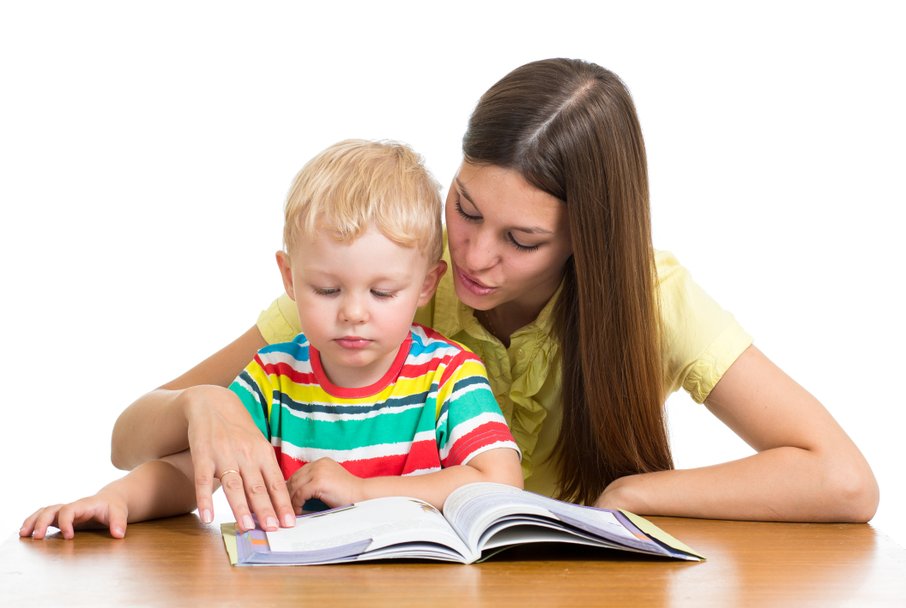
Sign 1
The child actively talks and understands the meaning of what he is talking about. The speech is coherent, long and consists of complete sentences. Too early learning to read can lead to a delay in speech development. This is explained by the fact that at a time when the brain should be actively working on the formation of speech, it is "switched" to memorizing sounds, letters and syllables.
Sign 2
The child has already developed phonemic hearing - in other words, he distinguishes sounds. That is, the baby can easily understand by ear what is different "house" and "tom", "bow" and "hatch" .
Sign 3
The baby pronounces all sounds without errors, does not burr or lisp. If pronunciation problems are not corrected, the child will incorrectly associate letters with sounds.
If you have problems with pronunciation, you should work with a speech therapist before starting the course.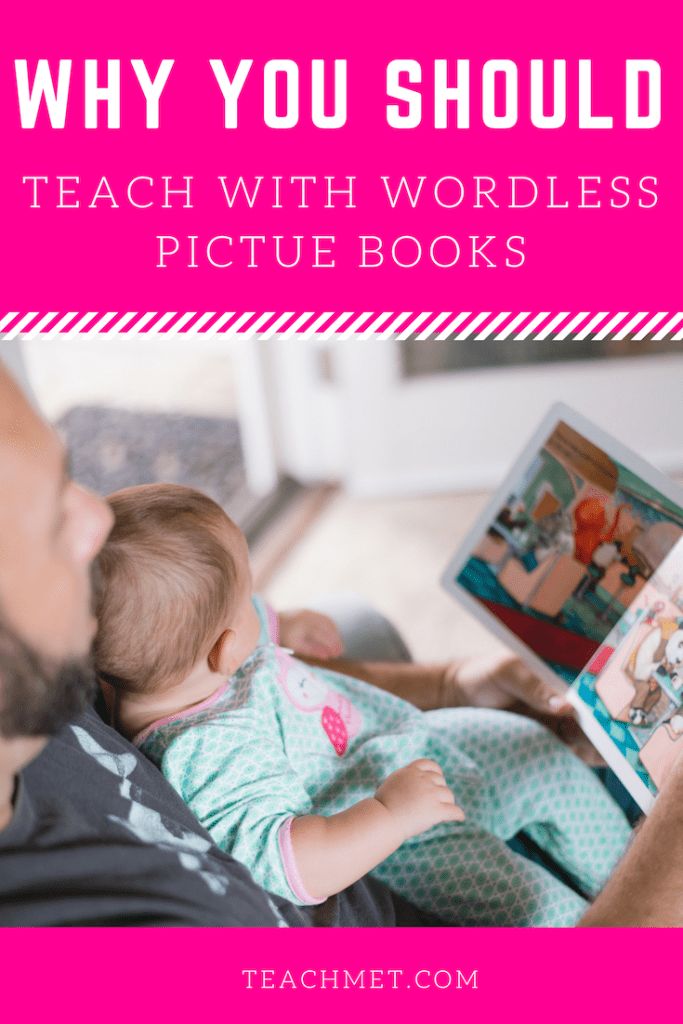 However, keep in mind that children under 5 years of age do not need the help of a speech therapist. You need to correct the pronunciation of sounds later if the baby’s speech does not correct itself.
However, keep in mind that children under 5 years of age do not need the help of a speech therapist. You need to correct the pronunciation of sounds later if the baby’s speech does not correct itself.
Sign 4
The child has developed logic, he is well oriented in space and understands where is “up” and where is “down”, where is “right” and where is “left”.
Sometimes children confuse which letter to start reading with, or even try to read the words “mirror”, that is, from the end. To learn to read, it is important that the baby is able to follow the text from left to right and from top to bottom.
Sign 5
The child is assiduous and knows how to concentrate. He can concentrate for a while, doing one thing, such as sculpting or painting.
Feature 6
The son or daughter has an interest in books. Without this, of course, nowhere. You can not force a child to read by force.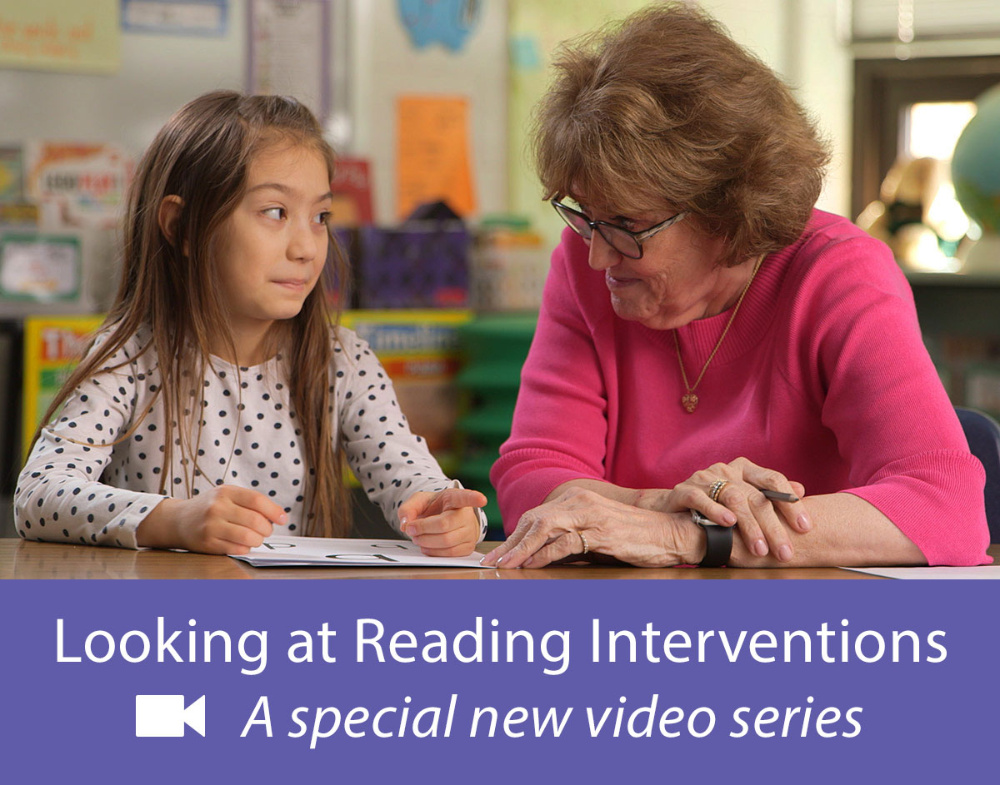 This can permanently discourage the desire to engage in reading. In order for a child to love reading, it is important that parents set an appropriate example, for example, by reading books that interest the child. This can be done from an early age, even before learning to read. You will see, over time, he himself will be interested to know what is written on these colorful pages.
This can permanently discourage the desire to engage in reading. In order for a child to love reading, it is important that parents set an appropriate example, for example, by reading books that interest the child. This can be done from an early age, even before learning to read. You will see, over time, he himself will be interested to know what is written on these colorful pages.
Sometimes reading problems are caused by hearing loss in children. In such a situation, you should seek help from a teacher of the deaf.
If the child has the listed signs or at least some of them, you can start learning. But before that, with the baby you need to do a little preparation.
Read also
"Dog and Cat": teaching the baby simple counting
Counting is inextricably linked with our whole life and is its important element. But how to teach a child to count from 1 to 10 and to understand numbers in general so that learning becomes a joy, not a punishment?
| Read more |
How to prepare your child for reading
In order for a child to learn to read faster, he must develop a sense of rhythm and phonemic hearing. To develop the first quality, use music and dance. Turn on rhythmic music and in a playful way (having fun, fooling around and having fun) show your child what kind of rhythm the music has. Dance, performing movements to the music, and gradually the baby will begin to repeat after you, learning to feel the rhythm.
To develop the first quality, use music and dance. Turn on rhythmic music and in a playful way (having fun, fooling around and having fun) show your child what kind of rhythm the music has. Dance, performing movements to the music, and gradually the baby will begin to repeat after you, learning to feel the rhythm.
Develop the recognition and subsequent reproduction of sounds, that is, phonemic hearing, with the help of the following exercises.
Exercise 1
Tell your child that each word is made up of individual letters. Start learning simple words (mom, dad, cat, dog). Use them to demonstrate with what sound a certain word begins and ends. At this stage, it is important to clearly pronounce consonants, as if highlighting them with your voice, and vowels - to pull. Thus, the child, without realizing it, learns to intuitively distinguish between them.
When the child understands the explanations, ask him to name the first and last sound of the words you have spoken.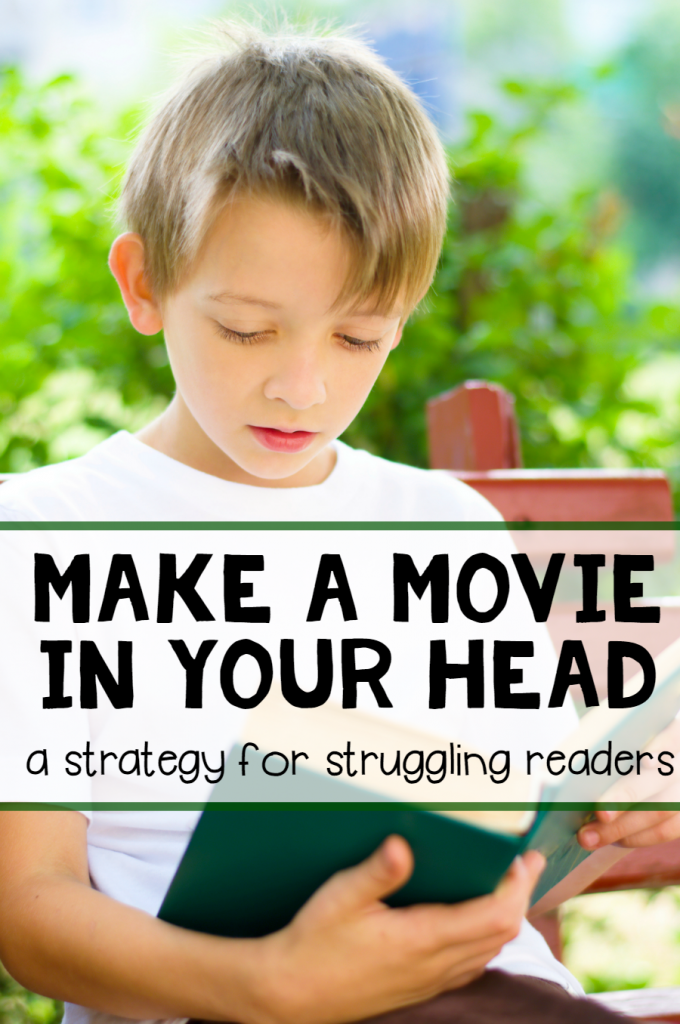 Gradually move from simple to more complex words, waiting for the moment when their analysis will be given without difficulty.
Gradually move from simple to more complex words, waiting for the moment when their analysis will be given without difficulty.
Exercise 2
Name the sound and ask the child to name a word beginning with that sound.
Exercise 3
After the child has done well with the previous exercise, play "Words" with him. Name the word and ask them to name the next one, starting with the letter that ended the word you named.
Exercise 4
And finally, the most difficult exercise. Agree with the child that he will look for any sound in the words he hears. Say any words, and ask the baby to clap his hands every time he hears the desired sound.
If the child can easily cope with the tasks - you can start learning.
Experts advise teaching children to read not earlier than 5-6 years. Photo: pixabay.com
Step-by-step instructions for teaching a child to read
So, you understand that the baby is developed enough to learn to read. He understands that words are made up of sounds and is able to isolate individual sounds from words. At the same time, the child reaches for the shelf with books, he likes to listen to stories and, perhaps, he even dreams of reading for himself what is written in his favorite books. So, it's time to study. How to do it right?
He understands that words are made up of sounds and is able to isolate individual sounds from words. At the same time, the child reaches for the shelf with books, he likes to listen to stories and, perhaps, he even dreams of reading for himself what is written in his favorite books. So, it's time to study. How to do it right?
Start small
Learn letters and sound knowledge, for example by walking. Draw a letter on the ground with a stick, then a syllable. You can collect letters from pebbles. It will be interesting for the child to recognize familiar letters, and then syllables on signs. Show that words made up of syllables and letters are all around us.
Later, you can study not only on the street, but also at home. Set up a dedicated study area. Let there be comfortable furniture - a chair and a table for writing and reading. Set the right lighting. Place a bookshelf nearby.
Teach your child to be neat and organized
Just 10 minutes a day is enough to get started.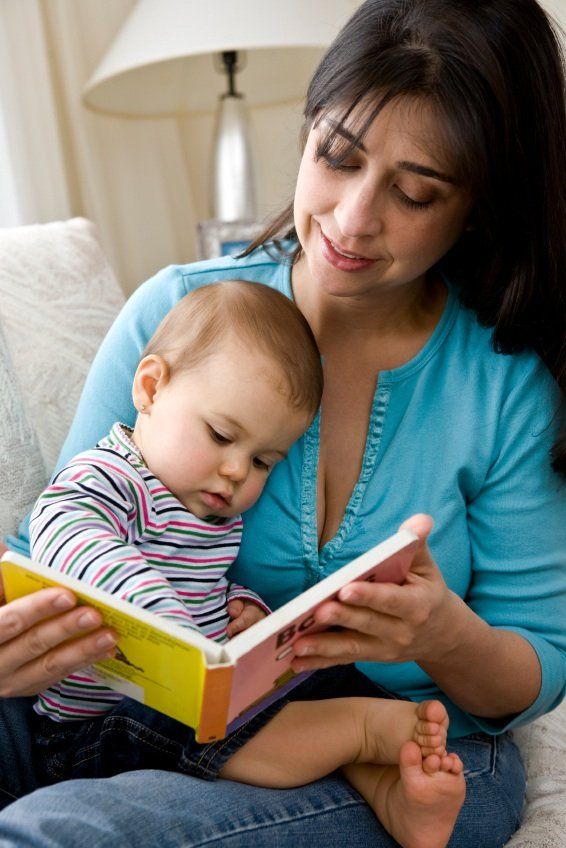 After that, ask him to return things (book, notebook, pen or pencil) to the place where they lay. Just don't force him to do it. And even more so, do not raise your voice at him and do not swear if something is not done the way you would like it to be. The process should take place in a relaxed or even playful way.
After that, ask him to return things (book, notebook, pen or pencil) to the place where they lay. Just don't force him to do it. And even more so, do not raise your voice at him and do not swear if something is not done the way you would like it to be. The process should take place in a relaxed or even playful way.
Read for yourself
The child looks at his parents and tries to be like them. Therefore, it is important to love what you want to teach children. Read with pleasure and develop a love of literature in the family. You can create a tradition - for example, the whole family to read in the evenings.
– There is only one way to involve a child in any activity: to engage in it with him and with him. Accordingly, if older relatives read a lot, then the child begins to be interested in what adults are doing, says Natalya Manukhina, PhD in Psychology and family psychologist . - Just what exactly are they reading? If paper books, then the baby can also begin to take them, touch, look, look, look at letters, put them into words, that is, read.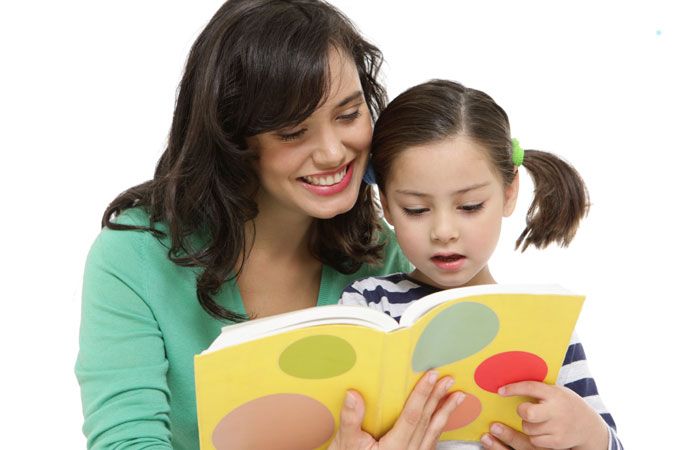 If adults read only e-books, from the screen of gadgets or computers, then the child will not show interest in this for a long time. He will be more interested in moving pictures: cartoons and electronic games.
If adults read only e-books, from the screen of gadgets or computers, then the child will not show interest in this for a long time. He will be more interested in moving pictures: cartoons and electronic games.
It is important not only to read stories and fairy tales, but also to discuss what has been read with the child. If the child is very small, ask him simple questions: who is this fairy tale about? who is in the picture? When the baby grows up, you can ask something more complicated: why did the hero of the story do this? what would you do in his place?
Read also
From the first lines to the whole word: how to teach a child to write
And now the first letter, the first word appears on a piece of paper. Uneven and uncertain, but so long-awaited. How to help your child develop writing skills at home and whether this should be done before school - we talked about this with teachers0002 Start learning with words with repetitive syllables (ma-ma, pa-pa, ba-ba, dy-dya). Only after the baby has mastered them, move on to more complex structures for the child, in which there are different syllables (kosh-ka, de-re-vo, ve-ter).
Only after the baby has mastered them, move on to more complex structures for the child, in which there are different syllables (kosh-ka, de-re-vo, ve-ter).
Buy educational materials
Children learn through games, so there should be letter blocks, magnetic alphabet and other educational items in the house. For older children, buy some good textbooks. For example, primers by V. Goretsky, N. Pavlov, D. Fonin.
Draw vowels on cards and place them around the house. Swap cards periodically. Gradually, the child will remember them all. Then do the same with the consonants.
– Playing is generally the leading activity for preschool children, says Natalya Manukhina . – Therefore, if educational material is presented in the form of games, knowledge is acquired as skills develop. The child acts more and more deftly, and he likes it, and knowledge also fits with skill.
Develop associative thinking
"A" - watermelon, "B" - squirrel, "C" - bicycle.
Children remember information more easily visually, through colorful images and clear objects, rather than through tedious memorization of symbols. But try to make sure that the baby does not become attached to only one image and does not associate the letter only with it. Use different words to study. For example, if in one session "A" is a watermelon, in another, let it be an album or a stork.
Repeat what you have learned before
No wonder they say that repetition is the mother of learning. Begin each session by reviewing the material you learned last time. Additionally, you can refresh information anywhere and anytime: on a walk in the park, in line at the store or in the car, on the way home.
Compose
Memory and fantasy are something that can and should be developed in a child even before learning to read.
- As I notice in my practice as a family psychologist, in families where adults themselves read and compose, children read both better and more.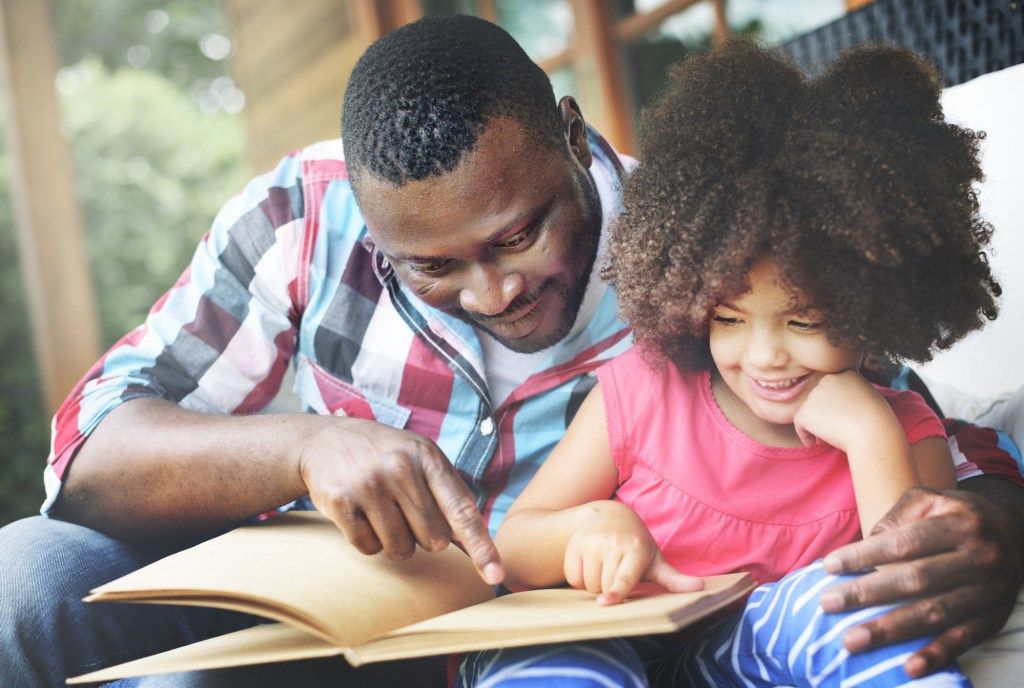 You can compose everywhere: on a walk, in transport, at home and on vacation. Any topics: about people, cars, clouds, insects, birds, letters, game heroes, but about anything! It is natural for a child to fantasize, reminds Natalya Manukhina . - If his stories are also written down (first by adults, then by himself), then writing it yourself and comparing it with what others write becomes a natural fascinating pastime. The child becomes not only a reader, but also an author, which can be very useful to him in his future studies.
You can compose everywhere: on a walk, in transport, at home and on vacation. Any topics: about people, cars, clouds, insects, birds, letters, game heroes, but about anything! It is natural for a child to fantasize, reminds Natalya Manukhina . - If his stories are also written down (first by adults, then by himself), then writing it yourself and comparing it with what others write becomes a natural fascinating pastime. The child becomes not only a reader, but also an author, which can be very useful to him in his future studies.
Treat with understanding and care
As an adult, the process of learning to read may seem easy to you, but remember that for a child it is a whole science. Do not be nervous if something does not work out for the crumbs, and do not force him to do it by force. Everything will come with time. Have patience, be able to wait, and show understanding at every stage of learning. Praise the baby even for small successes - and, you will see, soon he will like to learn.
As an adult, the process of learning to read may seem easy, but remember that for a child it is a whole science. Photo: pixabay.com
Popular questions and answers
Answers Irina Danilina, methodologist of the educational online platform Uchi.ru
How to teach a child to read in words?
For a child to quickly learn to read by syllables, it is not necessary to learn the letters in alphabetical order. Invite your child to first learn a few vowels and then read them together (for example, “ay”). Then add consonants to them. So from the first lessons the child learns to read combinations of letters, and then syllables.
Start learning the alphabet with sounds, do not use letter names. Like this: this is the sound "m" (not "em"), this is the sound "o", together they sound like "mo". So the child will learn to read in syllables much faster.
How to teach a child to read quickly?
The most important thing is the understanding of the text. If there is understanding, then the speed will grow by itself. For a child to learn to read quickly, make sure that he knows all the sounds and does not confuse them. A big jump in speed will occur when the child does not make mistakes in the sound of letters.
Do not rush the child if he makes mistakes. Go back and repeat the sounds again. Then only systematic reading for 10-15 minutes a day and skill development. And when the child masters a good reading technique from 40-50 words per minute, you can use various speed reading techniques. With their help, you can develop a reading speed of up to 1000 words per minute.
Why does the child not want to read?
You need to understand that if a child is not interested in reading, he will not want to. Here are the main reasons why children do not want to read:
Here are the main reasons why children do not want to read:
- Incorrectly selected book, inappropriate genre or topic of the text.
- The child does not understand the read text, reads automatically, does not think about the meaning.
- No motivation or interest.
- The child makes a lot of mistakes in the sound of syllables, because of this he does not understand the words he read.
- Reading is perceived as a punishment.
What to do about it?
Read also
Motivating a child to study at school
“Komsomolskaya Pravda” tells why children are waiting for the Day of Knowledge so much, but after a week they suddenly start to get sick and tells how to make the child motivated to learn

 If you are interested in learning new facts about the world, choose educational books. If you are interested in learning how the life of heroes from a fictional universe develops, choose fantasy books. And so on.
If you are interested in learning new facts about the world, choose educational books. If you are interested in learning how the life of heroes from a fictional universe develops, choose fantasy books. And so on. 